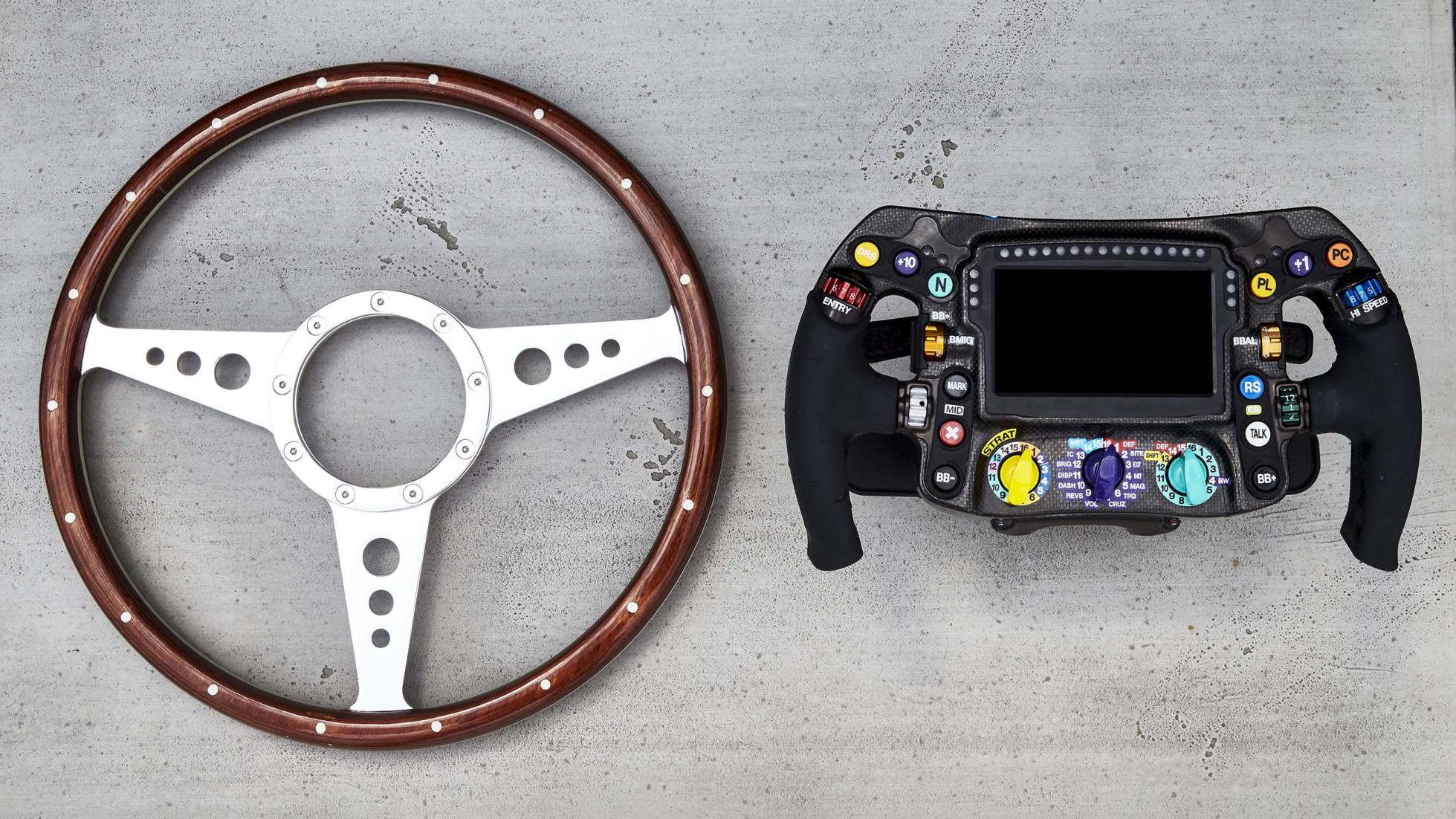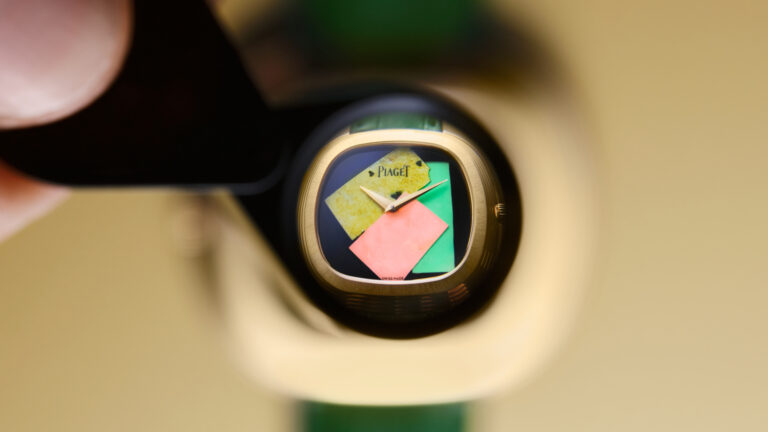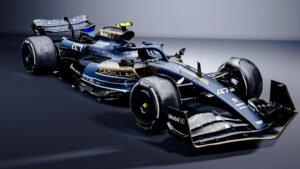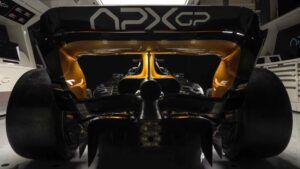You’ve probably heard just about enough of the turbo-hybrid V6 engines and the carbon fibre body and the generally bonkers tech that modern Formula 1 car is riddled with. What Bottas and Hamilton have in between their hot little hands is a miniature machine of magnificence, complete with 25 little toggles, controls, and buttons – a bit beyond a few paddle shifters.
This bad boy was fitted to the team’s rocket of choice for this season, the Mercedes-AMG W10 EQ Power+. Such a complicated car requires some complicated controls and this ‘steering wheel’ is all over it.
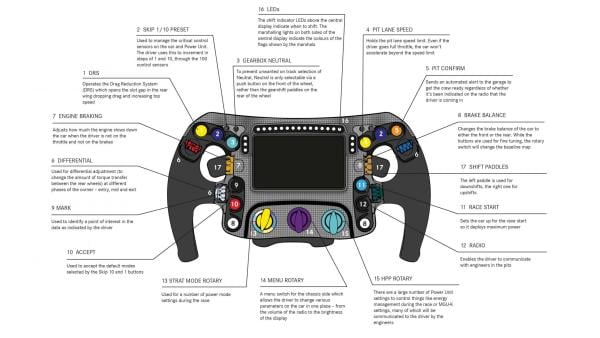
Each button or lever or paddle etc. controls a couple of very different, very important functions for the vehicle. Five of these 25 are responsible for braking variations (such as rear-wheel braking and vice-versa). Every new corner needs a different set of controls.
Every new driver cops a different wheel, bespoke for their driving style and experience. The thing is pretty crowded when you consider the constant ascent and descent of the lights, indicating to the clever drivers when its time to change gears.

Carbon fibre, fibreglass, copper, titanium, and silicone are all key materials in the construction process. This same process takes about 80 hours and sets Mercedes-AMG back up to £80,000 (a whopping $150,000 AUD). Drivers tend to go through at least three or four a season – a potential of $600,000 AUD in a single year.
A fair step up from the steering wheels from the golden era of F1.
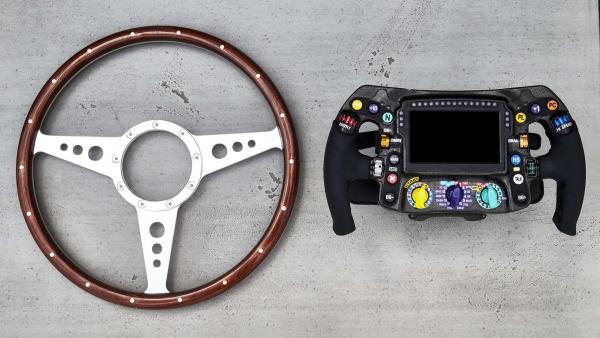
RELATED: Behind the scenes of Formula 1’s Mercedes-AMG GT-R safety car
